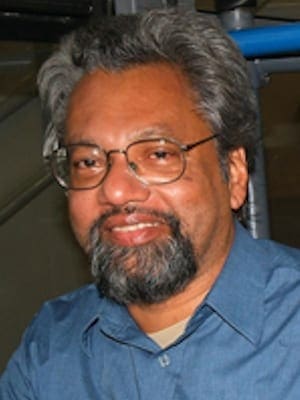One week before the Great Crash of October 1929 – which precipitated the Great Depression – Irving Fisher of Yale University, perhaps the most distinguished U.S. economist of his time, claimed that the American economy had attained a “permanently high plateau.”
Three years later, the national income had fallen by more than 50 percent. No one, not a single economist, had seen it coming.
The usefulness of economics, observed that wittiest of economists, John Kenneth Galbraith, is that it provides employment for economists.
I thought of Galbraith when I read that the new Italian cabinet comprises economists, industrialists and masters of finance – the very people responsible for the debt crisis in the first place!
And I do not understand why the European Central Bank, which lends any amount of money to every debt-ridden bank in the Eurozone, does not lend to countries, thus forcing the Italian government to borrow at much higher rates of interest on the open market.
And how is it that the United States, whose public debt is more than five times that of Italy, continues to borrow at the low rate of 2 percent while Italy has reached a supposedly “unsustainable” level of 7 percent?
And why do the media go into a frenzy whenever a credit rating agency downgrades the credit rating of a country when all those rating agencies were caught with their pants down during the 2008 subprime mortgage crisis?
Can any economist out there help me understand these mysteries?
My puzzlement seems to be shared by the Queen of England. When attending a presentation in November 2008 at the London School of Economics, the queen asked all the distinguished economists assembled there (and I paraphrase her words): “How come none of you nerds could tell us beforehand that this would happen?”
The economists went away and puzzled over the queen’s question.
The British Academy convened a meeting of the country’s top economists, and the results of that meeting were conveyed to Her Majesty in a letter dated July 22, 2009, written by Professor Tim Besley of the London School of Economics and Professor Peter Hennessy, an eminent historian of British government from Queen Mary College (also of the University of London).
In that letter, the professors stated that individual economists were competent but that “they had lost sight of the wood for the trees.”
There was, according to them, “a failure of the collective imagination of many bright people, both in this country and internationally, to understand the risks to the system as a whole.”
I take this story from Ha-Joon Chang’s recent book, “23 Things They Don’t Tell You about Capitalism.”
Chang is a well-known economic historian at Cambridge University, and here he continues the valuable work of myth-busting that he began with his more academic books, “Kicking Away the Ladder” and “Bad Samaritans” (where he showed, for instance, that the Western nations became rich by pursuing the very policies that, through the IMF and World Bank, they dissuade poorer countries from following).
Chang calls our attention to the phrase collective imagination in the professors’ letter.
Hadn’t most economists (though not all) assured us, and still assure us, that markets are free and work well because we are rational, self-seeking individuals and so know what we want for ourselves and how to get it most efficiently?
Where is there any discussion of the imagination, let alone of the collective kind, in economics textbooks or economic conferences?
Conventional, neoclassical economics works with a reductionist understanding of human nature (selfish, rational).
The complexity of human motivations and the socially embedded character of rationality are ignored in the pursuit of an abstract, ahistorical “economic science.”
There is no room for notions of moral imagination, social solidarity or the common good.
The failure of the economists, Chang points out, was understated in the letter to the queen.
It wasn’t simply that economists were wrong-footed in a once-in-a-century disaster that could not have been predicted.
They played a crucial role in creating the conditions that paved the way for the 2008 crisis (and dozens of smaller ones that came before it in the 1980s and 1990s).
They advanced theories that justified unregulated financial flows, high income inequalities, job insecurity and the neglect of manufacturing in favor of financial “services.”
The brightest and best of them told the rest of us that all was well with the global economy, and that the United States had found the magic formula that combined high growth with low inflation.
The architects of the so-called East Asian “miracle economies” were not slaves to economic ideologies of the right or the left. They too were very clever people, but most came from backgrounds in engineering or law, not economics.
Chang’s target is clearly not all economists (he is an admirer of Pigou, Minsky, Keynes, Sen, et al.), but the free-market economists whom the Anglo-American world (and some in South Asia and Latin America) has followed for the past three decades.
This kind of economics, he says, has been worse than irrelevant; it has “been positively harmful for most people.”
VinothRamachandra is secretary for dialogue and social engagement for the International Fellowship of Evangelical Students. He lives in Sri Lanka. A version of this column first appeared on his blog.
Secretary for dialogue and social engagement for the International Fellowship of Evangelical Students. He lives in Sri Lanka.

